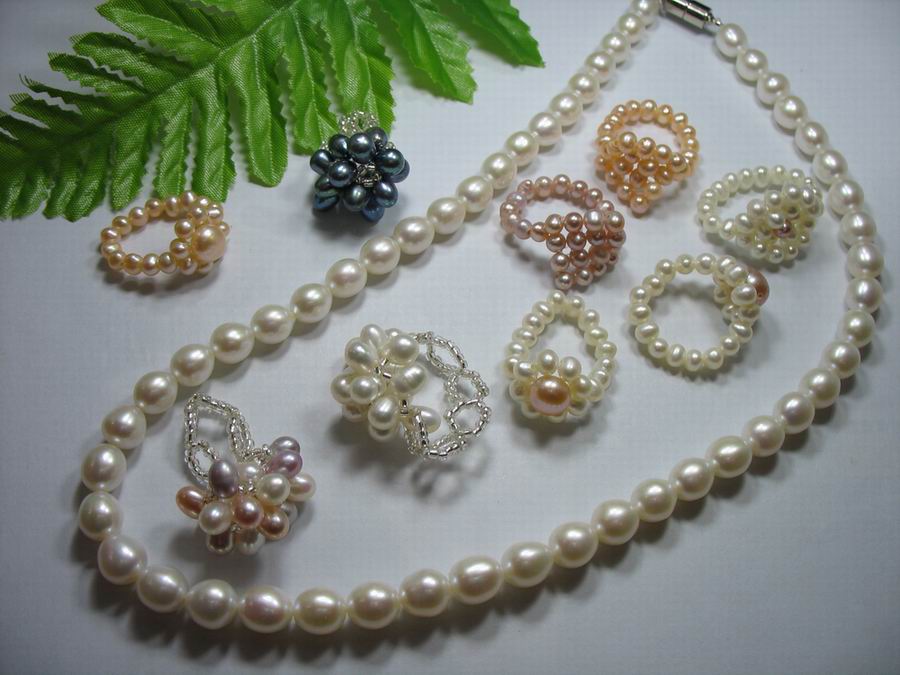
In order to be able to tell the difference between genuine and artificial pearls, it's helpful to understand a bit about how real pearls are made. A pearl begins as an irritant in a mollusk. In nature, it might any bit of matter. At a pearl farm, the pearl starts when a farmer inserts a tiny, perfectly round irritant in the oyster or mussel. In either case, the mollusk secretes a nacre, which hardens around the small foreign invader. After months or years (depending on the mollusk species and the desired pearl size), enough nacre is hardened around the original irritant that a lustrous, prized pearl is formed.
This process of creating pearls through months or years of setting down layers of nacre creates a different texture than any of the factory procedures for making artificial pearls. This difference in texture is what allows one to differentiate between real and fake pearls easily and quickly.
Give it a Rub
If there's more than one pearl available to test, the easiest method is the Rub Test. Simply take two of the pearls and rub them gently together, moving the pearls in circles against each other. If the pearls are artificial, the surfaces will be glassy smooth. If the pearls are genuine, the surfaces will have a bit of texture, a bit of tooth. This slight roughness isn't discernible just by feeling the surface of the pearl, but it is noticeable when two genuine pearls are rubbed together.
The Tooth Test
Suppose there's only one pearl in question—the Rub Test isn't possible. Instead, rub the pearl gently against a top incisor, one of the large front teeth. When rubbing a genuine pearl against the tooth, that slight natural texture will be discernible. An artificial pearl, whether made of glass or plastic, will feels completely slick and smooth.
Practical Application
Either of these tests is particularly useful in situations where decisions need to be made quickly, or where information about a product is either unavailable or unreliable. For example, genuine pearl jewelry is often found in garage sales, estate sales, and auction houses, jumbled in with costume jewelry. Buyers can use these methods to determine if an asking price is justified or a spectacular deal. Sellers can accurately price pearl jewelry and ensure quality.
A Word of Caution
Sellers unfamiliar with the Tooth Test don't take kindly to having their products put in the mouths of potential customers. Either get permission before trying the Tooth Test or do it discreetly. It can be useful to wear a piece of genuine pearl jewelry or carry a small pearl around if it's likely a pearl will need to be tested.

0 comments:
Post a Comment